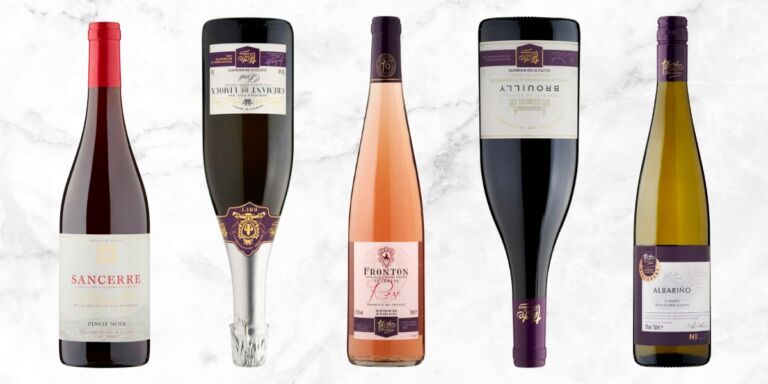Customarily, it takes some 20 years for Champagne’s finest cuvées to show their true colours and the full spectrum of their complexity. By then, the potential has largely been realised, with an array of tertiary characters blooming and the palate showing age-mellowed richness and density. Wait the right time, and you should be rewarded – all the more true when savouring one of the most reputed vintages of this century, the much-hyped and widely collected 2002.
There has been a lot of enthusiasm for this particular vintage since the onset of harvest, as the season progressed under favourable conditions. Ample sunshine and dry weather throughout September gave a sizeable crop (11,930kg/ha) of largely healthy fruit, and winds aided the grapes in achieving additional concentration. Freshness remained intact thanks to cool nights, and all varieties across the different subregions flourished. The best wines have it all: freshness, power and finesse. However, grapes ran the risk of overmaturity (sometimes even botrytised aromas), with many wines maturing more quickly than expected as a result.
Exactly 20 years after harvest, in October 2022, Marina Olsson opened her vast collection of 2002 vintage cuvées for her Gomseglet Wine and Champagne Connoisseurs club. During a laborious but rewarding Saturday in Malmö, Sweden, we tasted a total of 50 Champagnes from this outstanding vintage year. Thanks to Marina’s patient and passionate collecting efforts, our sample included pretty much all of the Champagne world’s most iconic cuveés. Of many, there were both an original disgorgement and a late-disgorgement offering available to try, and it is always intriguing to taste these side by side. Adding to the excitement, we assessed the wines semi-blind.
The very best are still on their way up, delivering huge drinking pleasure right now
The best 2002s have long been collectable classics, many of which I know very well having already savoured them dozens of times. Tasting them side by side blind was therefore a welcome exercise. As always, with wines of this age, there was significant bottle variation, with some corks having failed. We also opened a couple of bottles that were either corked or affected by lightstrike. You can only imagine our disappointment when what may be considered the two most iconic cuvées – Dom Pérignon and Louis Roederer Cristal – were spoiled by cork taint.
Overall, the wines delivered what I expected: plentiful fruit, solid structure and ample freshness, with the majority approaching or having recently reached their peak. If I had to criticise the vintage for anything, it would be ripeness – even occasional overripeness, which brings bruised fruit flavours to the wine’s profile. However, the very best are still on their way up, delivering huge drinking pleasure right now.
The top of my list comes with expected names: Dom Pérignon Plénitude 2, Krug Vintage, Taittinger Comtes de Champagne and Deutz Amour de Deutz among them. The best-scoring wine for me was Rare Champagne at 99 points, with the potential for a full 100. This was the first Rare blend crafted by Piper-Heidsieck’s now retired cellar master Régis Camus. I remember talking to him years ago about the 2002’s ageing potential, which kept surprising the maker himself: ‘When I thought the wine had reached its peak, I always found out that there was more on the throttle,’ he told me. Even today, this seems to be the case among the best 2002s.




























